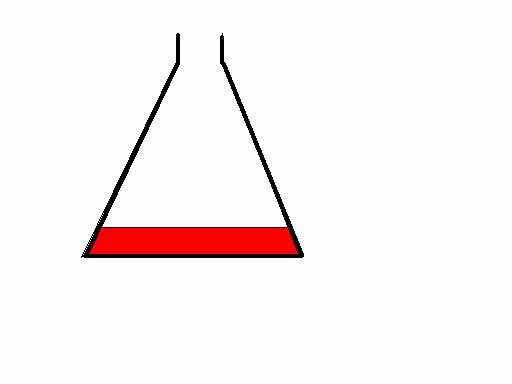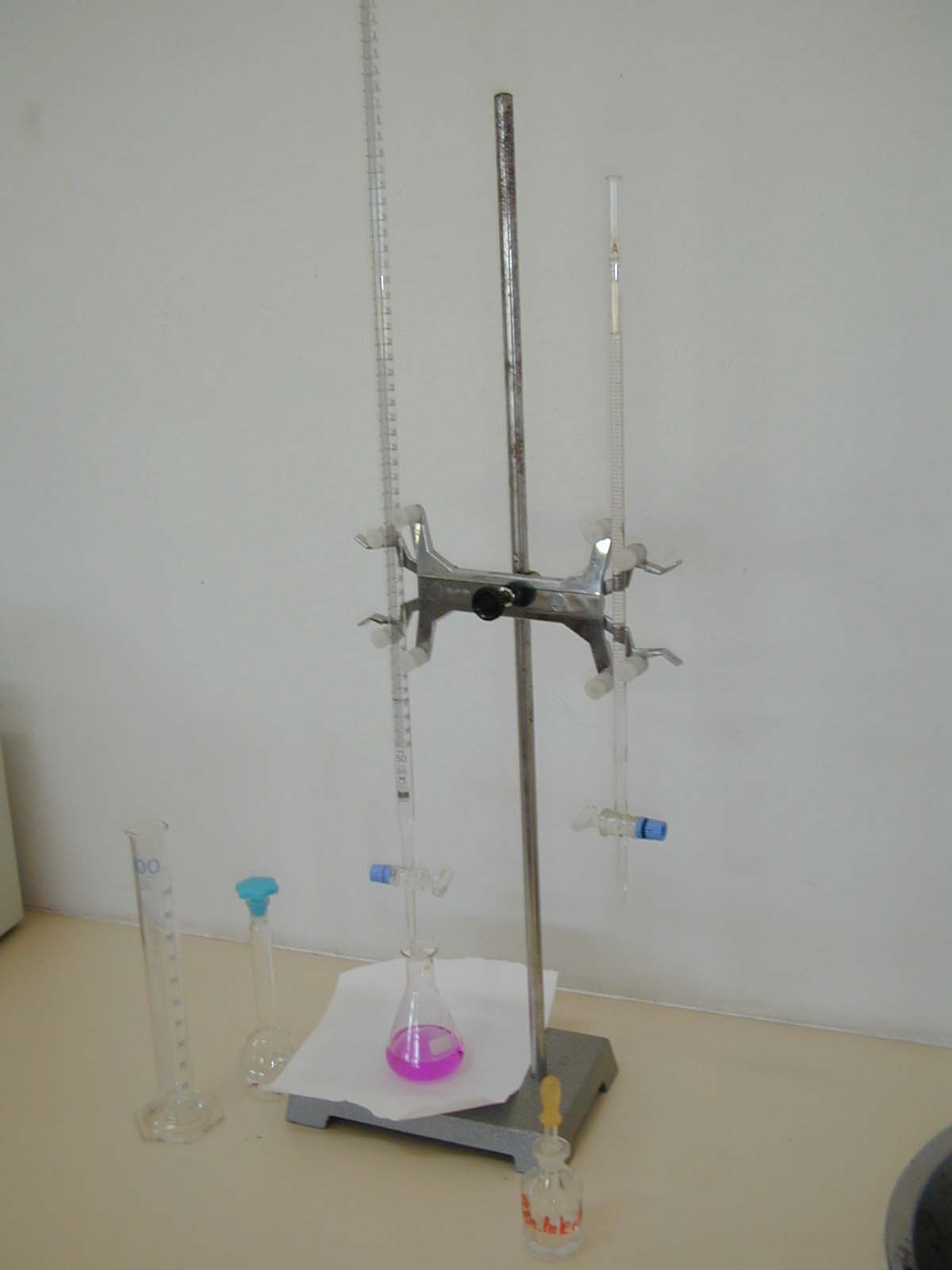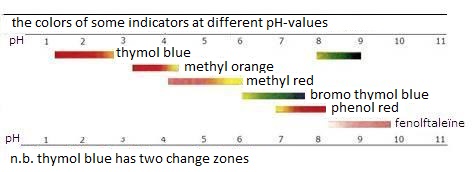can only be observed if the equilibrium is sufficiently to the left or the right.
In acid environment (or in reducing environment)
the above equilibria are at the left,
so the color of HIn dominates (or the color of RedIn).
Per indicator this can vary substantially.




